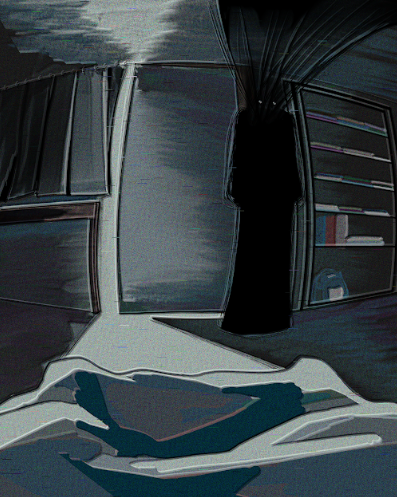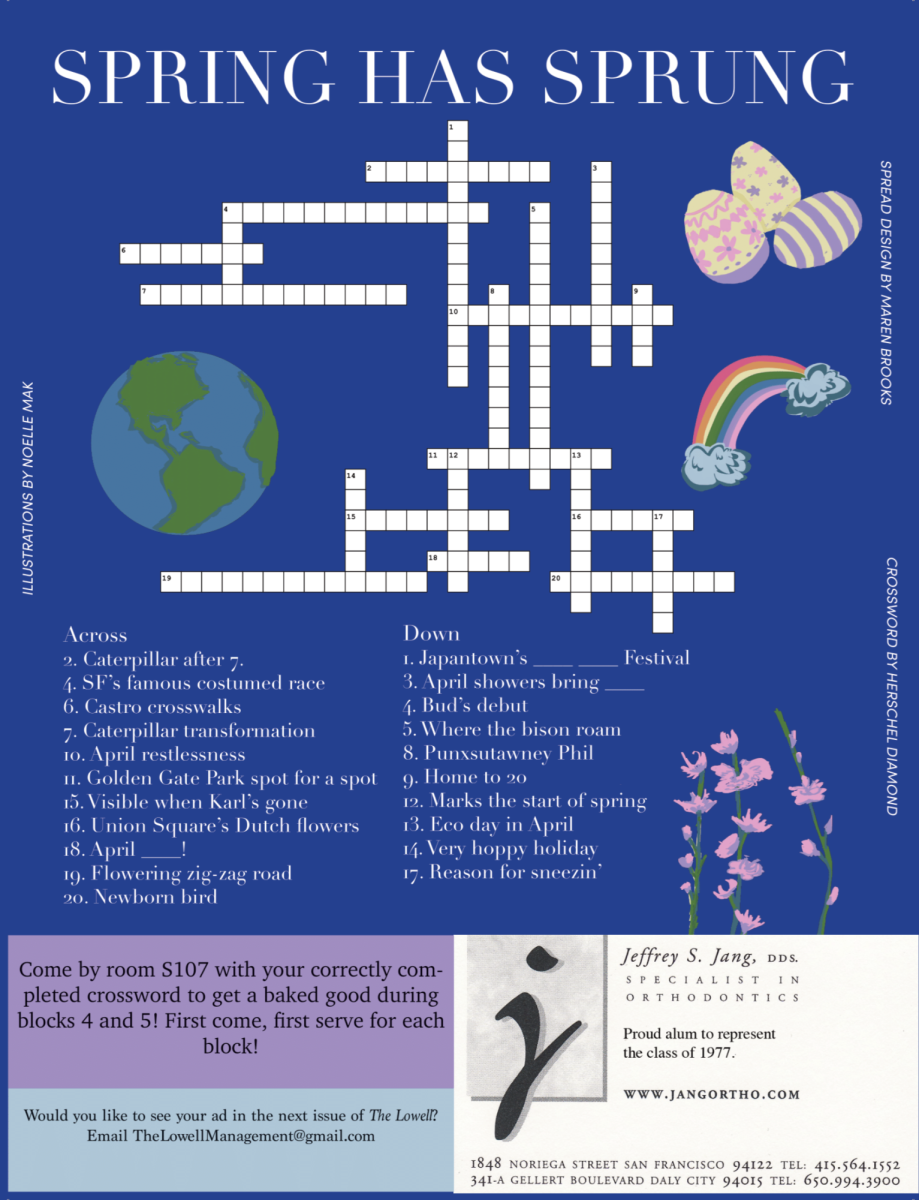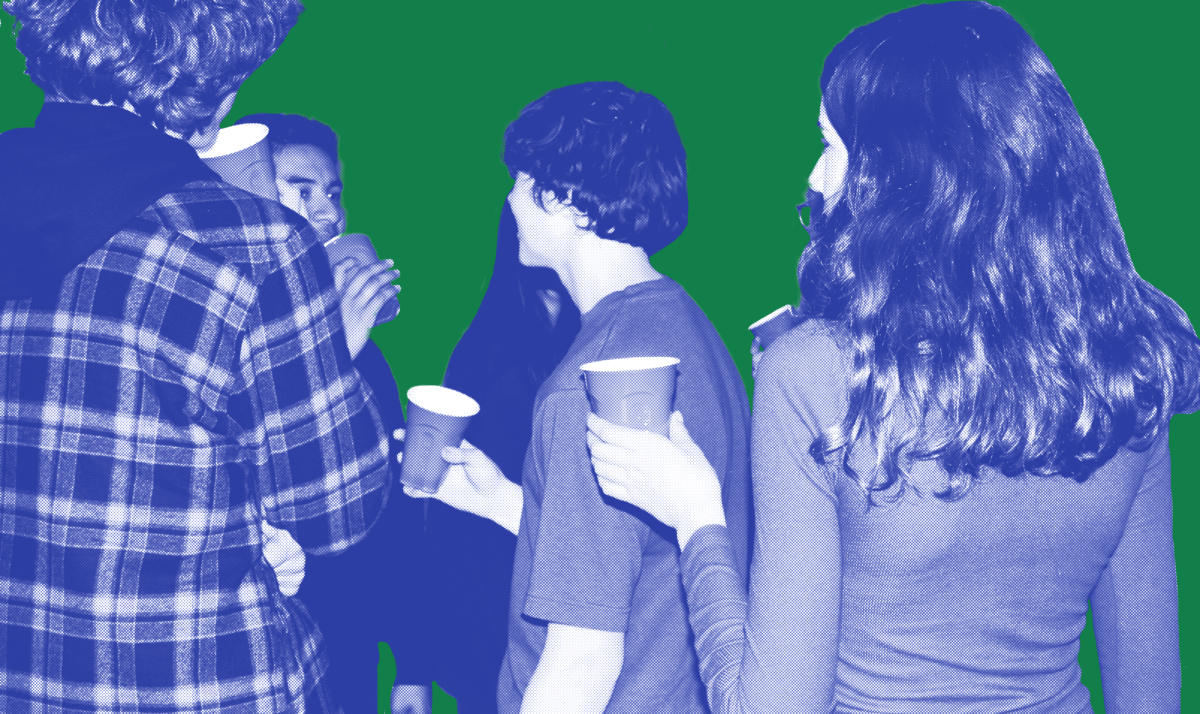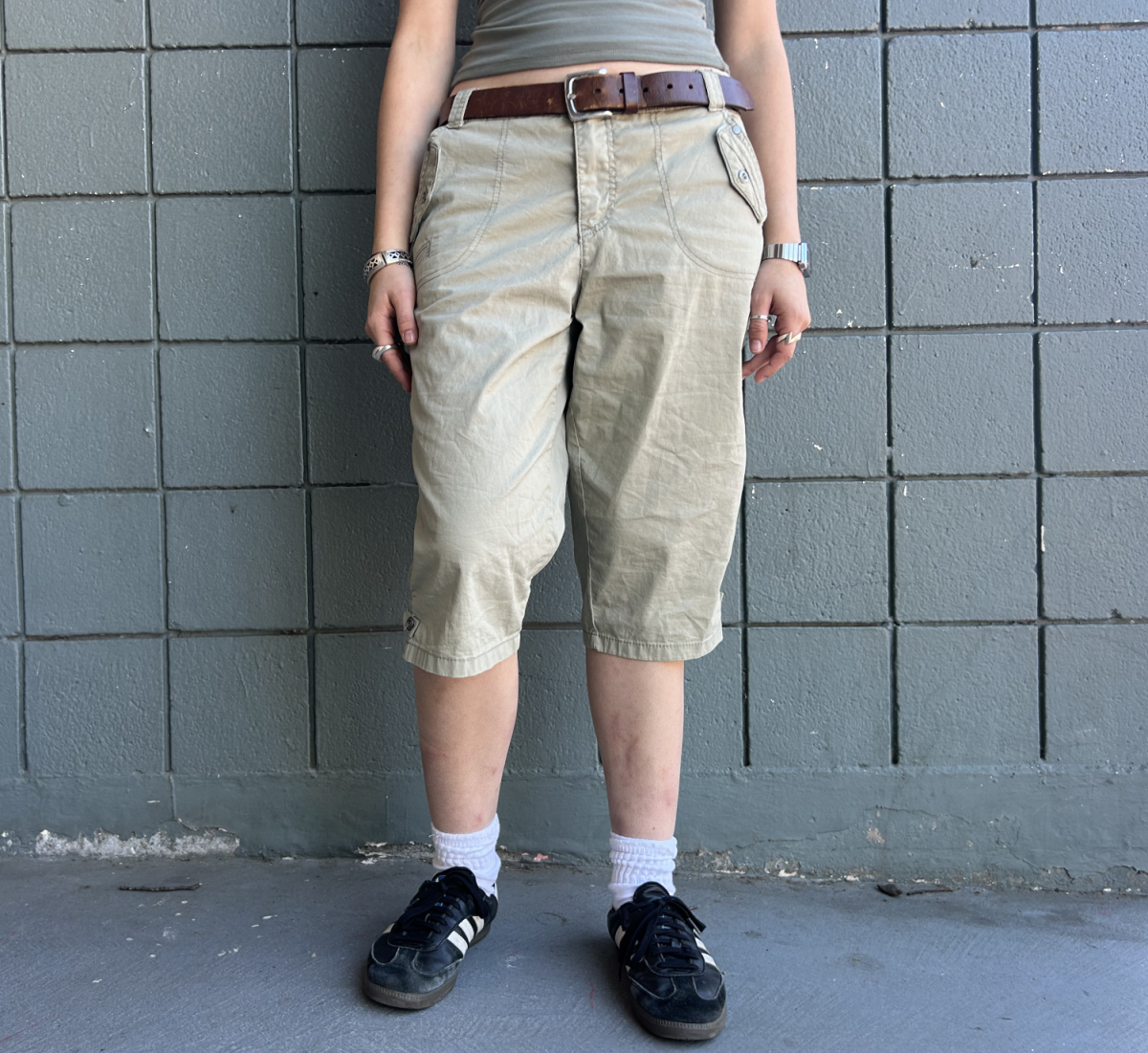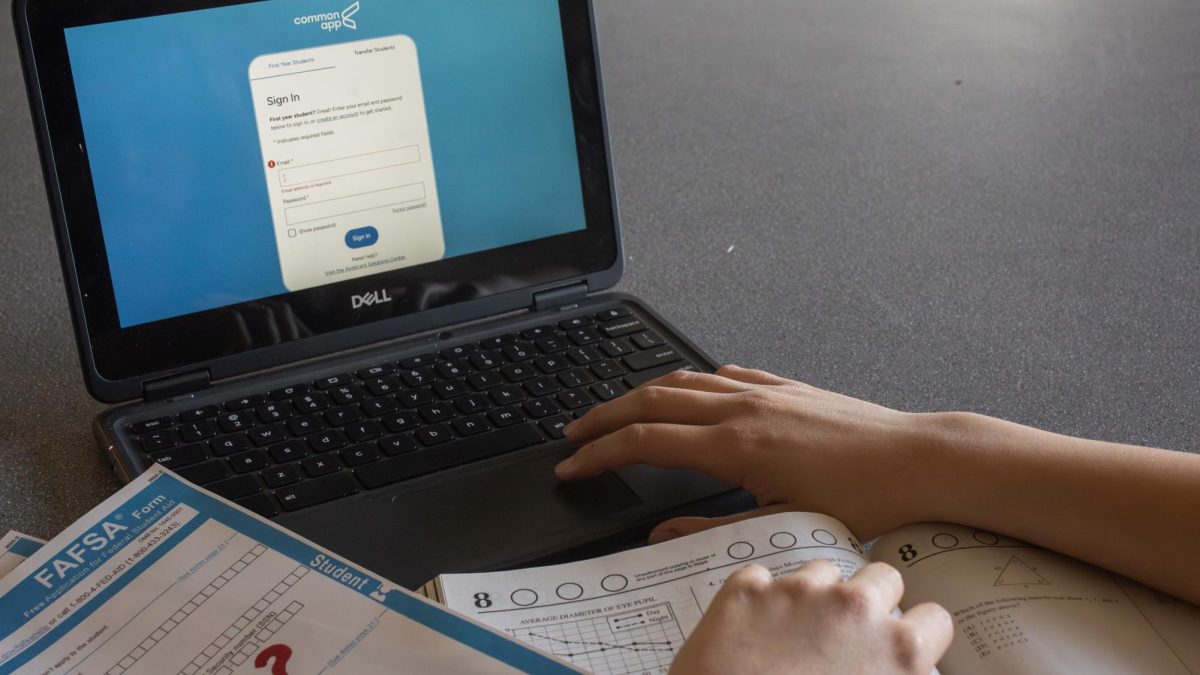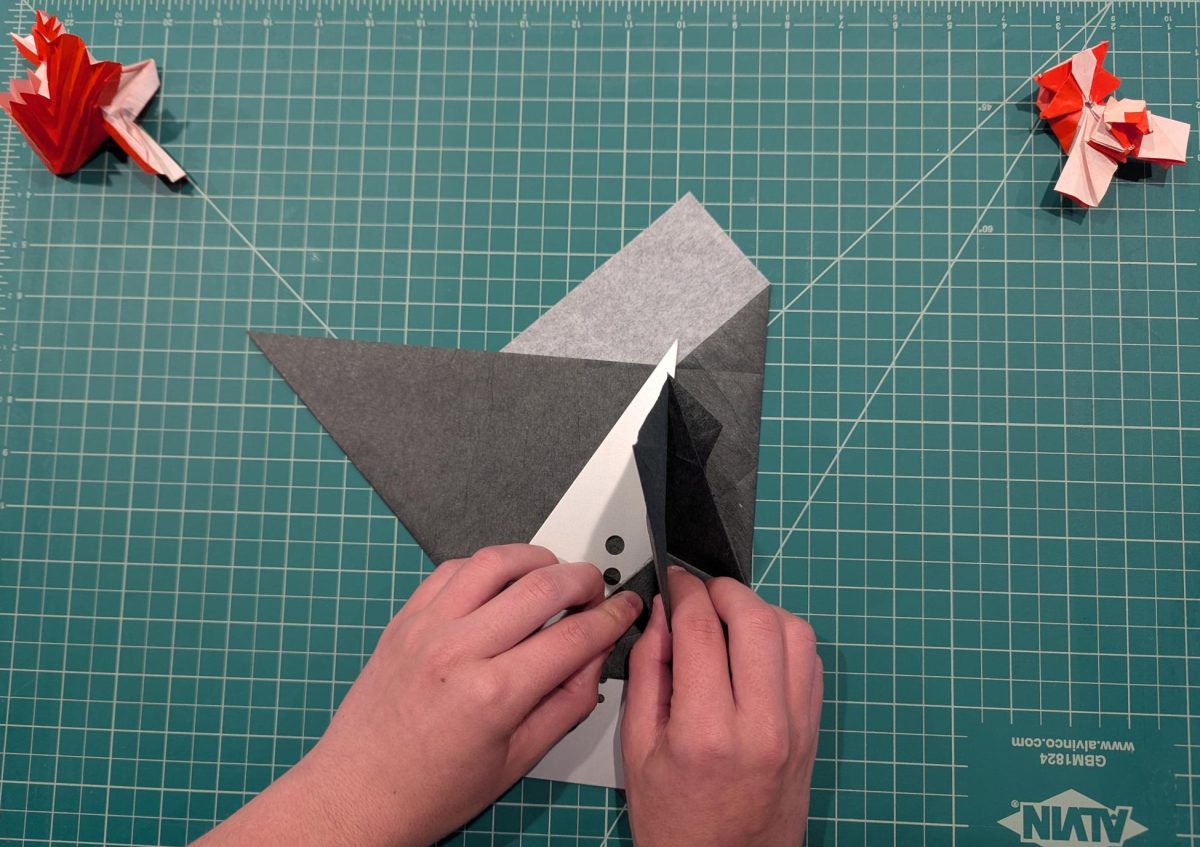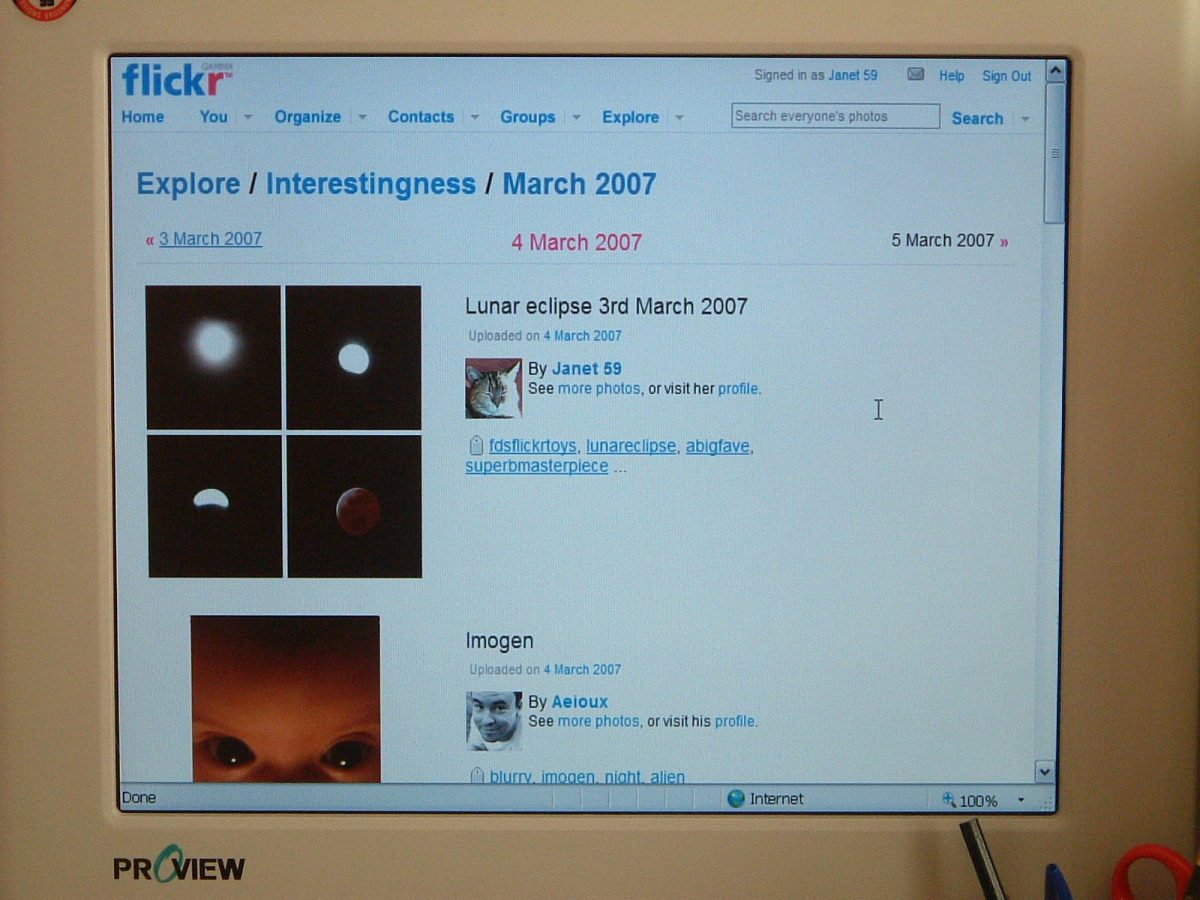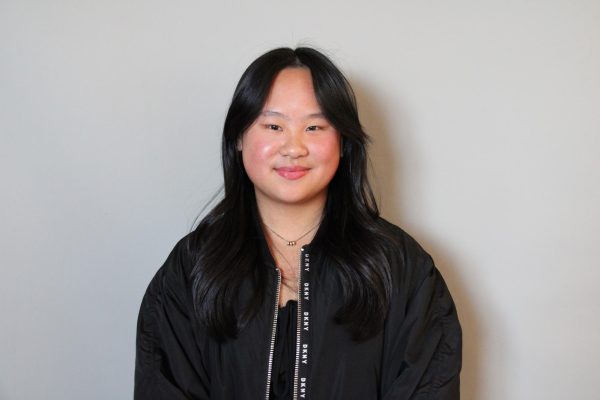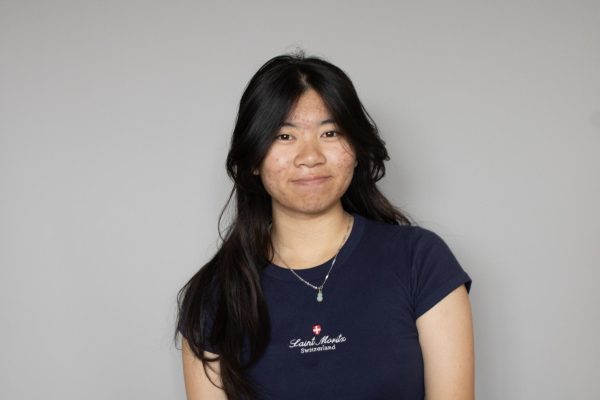The door slowly crept open in my pitch-black room, making a slight creaking noise, and I opened my eyes. I tried to get up to see who had opened my door, but I couldn’t move. No matter how hard I tried, my body refused to respond. My eyes darted around the room, scanning my surroundings, and then, in the corner of my eye, I saw it. Black fingertips gripped the edge of the slightly open door. Standing there was a tall, slender figure with no face. It had no eyes, yet I could feel it staring at me. Terror engulfed me. I tried to scream, but my mouth wouldn’t open. I shifted my gaze toward the curtains. Behind them, the dark figure stood, its head peeking out. I slammed my eyes shut again. My heart pounded so loudly it felt as if the creature had ripped it from my chest and placed it right next to my ear. I tried to control my breathing, but I was too frightened to breathe. My body was frozen, yet my mind was screaming. I forced my eyes open, and there it was. The faceless figure loomed inches from my face, sitting on my chest, suffocating me. It felt like the air, and my life, was being sucked out of my body. I shot up, gasping for air with tears rolling down my face, my heart pounding so hard it felt like it might burst from my chest.
This experience right before my freshman year was my first encounter with sleep paralysis, and the start of many nights filled with constant dread before finally falling asleep. Desperate for answers, I spent days researching everything I could about sleep paralysis, from the causes to possible ways of preventing it. I didn’t fear the darkness or the silence of my room. I feared my own mind trapping me in a never-ending cycle of paralysis and helplessness, with no way to escape. Every night, the possibility of reliving that horror lingered in the back of my head, making the thought of falling asleep feel more like a risk than a necessity.
Sleep paralysis is a phenomenon where a person is conscious but unable to move or speak while falling asleep or waking up. Although not physically threatening, sleep paralysis can be emotionally terrifying, often involving suffocation sensations or hallucinations of shadowy figures, creatures, or intruders. While the exact cause is unknown, the National Library of Medicine states that sleep deprivation, irregular sleep schedules, stress, and mental health conditions such as anxiety or depression are all possible triggers.
These factors were prevalent during my freshman year, leading to recurrent episodes of sleep paralysis that became a source of misery. At first, it was an occasional event, something that happened once in a while, but as the school year progressed and my workload increased, my lack of sleep and resulting exhaustion took a toll on me. By the middle of the year, the episodes became more frequent. It no longer happened just once, but multiple times a night. I found myself dreading sleep, afraid that at any moment, I’d wake up frozen, trapped in my own body with creatures lurking in the corners of my room.
Sleep paralysis slowly took control of my life, turning my days into a blur of exhaustion and my nights into a battleground of fear. At school, I was like a walking corpse. Without enough sleep each night, I relied on caffeine to keep me awake, but no amount of it could shake the constant exhaustion weighing me down. My body felt heavy, my mind sluggish, and focusing in class became nearly impossible. At night, I played music when falling asleep, hoping to distract myself from the fear of paralysis, but it only made things worse. The sounds blended into my dreams, distorting my reality, and when sleep paralysis hit, I couldn’t tell what was real and what wasn’t. The more I feared it, the more it happened, trapping me in a vicious cycle of sleepless nights and exhausted days.
As the second semester of sophomore year began, I made a commitment to change, to take control of my habits, my health, and ultimately, my sleep. It wasn’t easy at first. The fear of paralysis still lingered, and some nights it crept back, leaving me hopeless. But I kept pushing. I built healthier routines, stopped procrastinating, and prioritized rest. I cut out caffeine, stopped listening to music at night, and gradually, my sleep paralysis faded away. When I did get it, I slowly learned over time that staying calm, focusing on breathing, and moving a small muscle could help me escape sleep paralysis. The terrifying nights that once left me feeling trapped and helpless disappeared as I regained control over my body and mind. Change didn’t happen overnight, but small, consistent efforts transformed my sleep, my focus, and my overall mindset. As the sun rose, the shadowy figure that once loomed over me faded into the light — proof that fear only lingers in the darkness, and I had finally stepped into the day.


